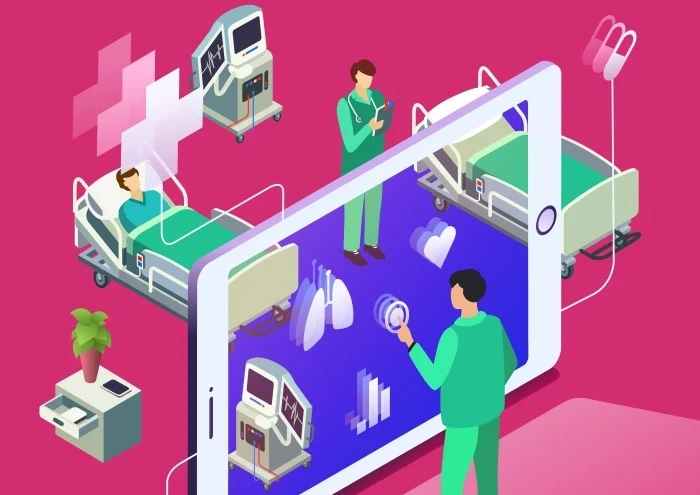Introduction:
Post-Market Surveillance (PMS) is a crucial aspect of the medical device lifecycle, ensuring that devices remain safe and effective even after they have been released to the market. This blog will explore the key components and significance of PMS reports, accompanied by relevant images to enhance understanding.
What is a Post-Market Surveillance (PMS) Report?
A Post-Market Surveillance (PMS) Report is a systematic approach to monitor the safety and performance of medical devices once they are available for use. It involves the continuous collection, analysis, and interpretation of data from real-world applications of the device.
Objectives of PMS Reports:
1. Safety Monitoring:
The primary objective of a PMS report is to ensure the ongoing safety of the medical device by identifying and assessing any potential risks that may arise from its use.

2. Performance Evaluation:
PMS reports evaluate the device’s performance in real-world conditions, ensuring it meets the expected standards and continues to function as intended.
3. Regulatory Compliance:
Ensuring compliance with regulatory requirements, such as the EU Medical Device Regulation (MDR) and In Vitro Diagnostic Regulation (IVDR), is another critical objective of PMS reports.

Key Components of a PMS Report:
- Data Collection: PMS reports involve gathering data from various sources, including user feedback, adverse event reports, and clinical studies.
- Trend Analysis: Analyzing trends and patterns in the collected data helps identify potential safety signals and performance issues.
- Risk Assessment: Evaluating risks associated with the device based on post-market data is a critical component of PMS reports.

- Corrective and Preventive Actions (CAPA): Documenting and implementing actions to address identified issues ensures continuous improvement of the device.
- Regulatory Reporting: Submitting PMS reports to relevant regulatory bodies ensures compliance with regulatory standards.
Significance of PMS Reports:
- Enhancing Patient Safety: By continuously monitoring and addressing potential risks, PMS reports play a vital role in enhancing patient safety.
- Improving Device Quality: Insights gained from PMS activities contribute to the overall improvement of device quality and performance.
- Maintaining Regulatory Compliance: Regular submission of PMS reports ensures ongoing compliance with regulatory requirements, avoiding potential legal issues.

Conclusion:
Post-Market Surveillance is an indispensable part of the medical device lifecycle, ensuring that devices remain safe and effective for users. By systematically collecting and analyzing data, implementing corrective actions, and complying with regulatory requirements, PMS reports contribute to the continuous improvement of medical devices.













